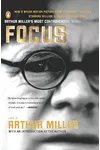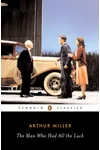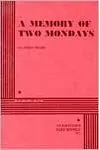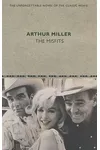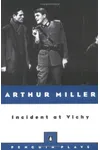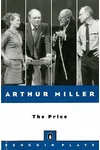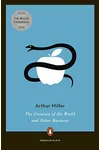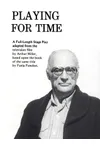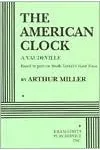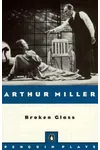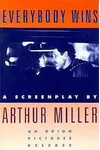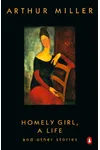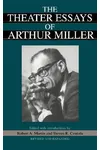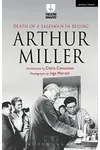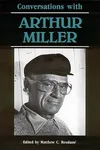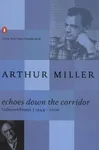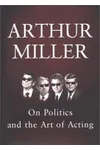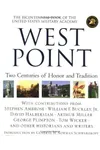Picture a playwright whose words captured the heart of the American Dream, only to unravel its darker threads—meet Arthur Miller! Born in 1915, this titan of 20th-century theater crafted masterpieces like Death of a Salesman and The Crucible, blending raw emotion with sharp social critique. His life, from his marriage to Marilyn Monroe to his fearless stand against McCarthyism, was as dramatic as his plays.
The Making of Arthur Miller
Arthur Miller grew up in Harlem, New York, the son of a prosperous coat manufacturer whose business crumbled during the Great Depression. This early brush with financial ruin shaped Miller’s empathy for the struggling everyman. After studying journalism at the University of Michigan, he dove into playwriting, honing a voice that married poetic dialogue with gritty realism. His first major success, All My Sons (1947), marked him as a rising star, tackling themes of morality and responsibility.
Arthur Miller’s Unforgettable Plays
Miller’s genius lay in his ability to turn personal and societal failures into universal stories. Death of a Salesman (1949), his Pulitzer Prize-winning masterpiece, follows Willy Loman, a weary salesman chasing a fading dream. Its raw exploration of ambition and disillusionment remains a cornerstone of American theater. The Crucible (1953), inspired by the Salem witch trials, was a bold allegory for McCarthyism, exposing the dangers of fanaticism. Miller’s later works, like A View from the Bridge (1955), delved into family loyalty and betrayal with unflinching honesty. His style—marked by intense dialogue, moral complexity, and a knack for making the ordinary profound—set him apart as a literary giant.
Even his lesser-known plays, like After the Fall (1964), reflect his introspective edge, often drawing from his turbulent personal life, including his high-profile marriage to Marilyn Monroe. Miller’s essays, such as those in The Theater Essays of Arthur Miller, reveal his sharp intellect, cementing his role as a commentator on art and society.
Why Arthur Miller Matters
Miller’s plays didn’t just entertain—they challenged audiences to confront uncomfortable truths about ambition, justice, and human frailty. His work influenced generations of playwrights, from Tennessee Williams to modern voices like Tony Kushner. By tackling issues like conformity and moral courage, Miller’s stories remain strikingly relevant, resonating in today’s polarized world. His awards, including the Pulitzer Prize and multiple Tony Awards, underscore his impact, but his true legacy lies in the enduring power of his characters’ struggles.
- About Arthur Miller
- Born: October 17, 1915, in Harlem, New York
- Key Works: Death of a Salesman, The Crucible, All My Sons
- Awards: Pulitzer Prize for Drama (1949), multiple Tony Awards
- Fun Fact: Married Marilyn Monroe from 1956 to 1961
Ready to step into Miller’s world? Grab a copy of Death of a Salesman and lose yourself in his gripping take on the American Dream!
